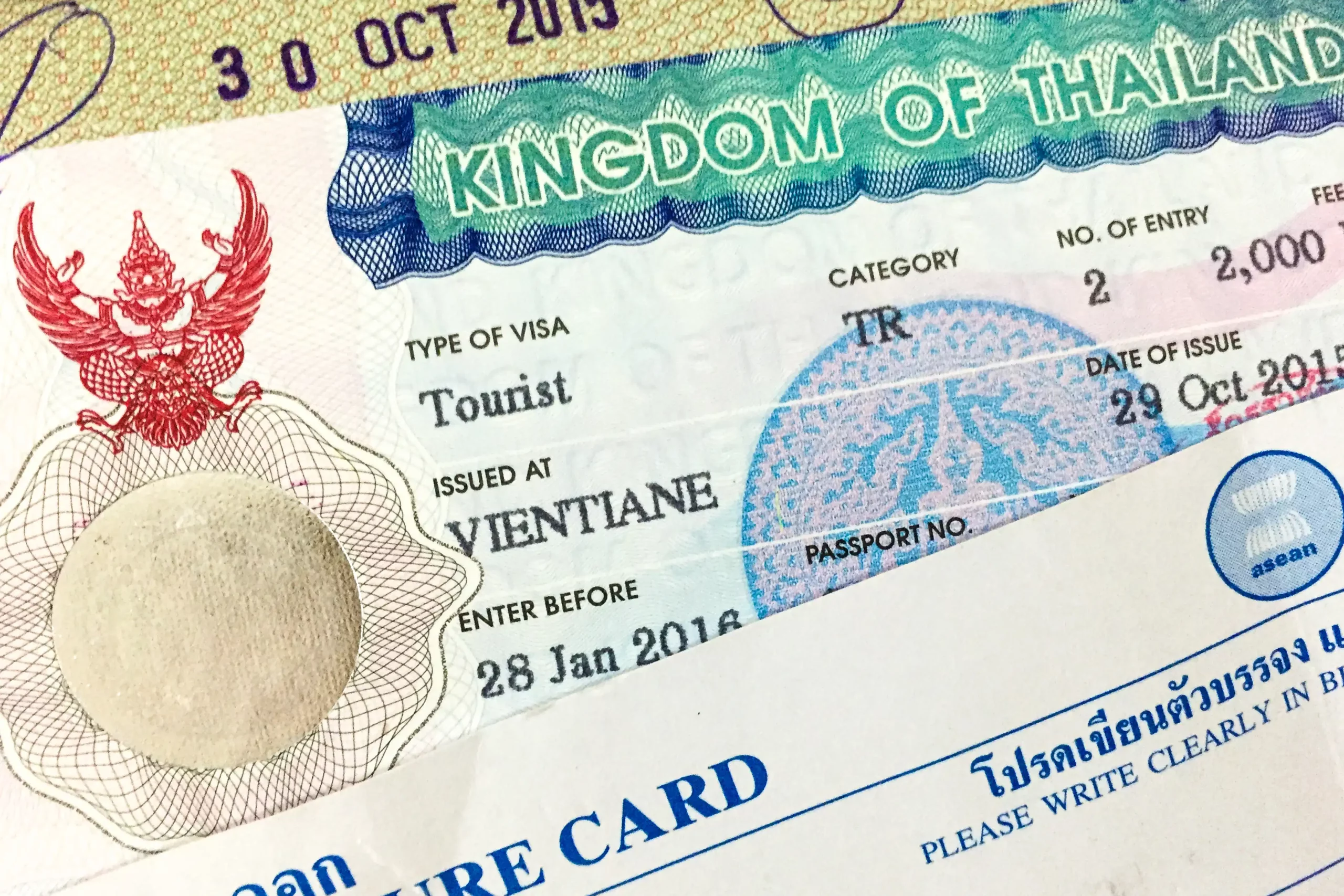Thailand Retirement Visa

Thailand Retirement Visa, known as the Non-Immigrant O-A Visa and Non-Immigrant O-X Visa, allows eligible foreigners aged 50 and above to live in Thailand long-term. These visas provide a range of benefits, including renewable one-year and five-year options, but they also come with specific financial, medical, and insurance requirements to ensure applicants can comfortably sustain themselves while living in the country.
1. Types of Retirement Visas
Thailand offers two main types of retirement visas, each tailored to different residency needs and lengths of stay:
a) Non-Immigrant O-A (One-Year Retirement Visa)
The O-A Visa is a one-year visa that allows retirees to live in Thailand for 12 months and can be renewed annually within Thailand. It is suitable for retirees planning short- to medium-term stays.
b) Non-Immigrant O-X (Ten-Year Retirement Visa)
The O-X Visa offers longer-term residency, with an initial stay of five years and an option to renew for another five years, totaling ten years. This visa is available for nationals of specific countries and has higher financial requirements but provides more stability for retirees seeking a long-term residency option.
2. Eligibility Requirements
Both O-A and O-X visas require applicants to meet certain eligibility standards. Here’s a breakdown by visa type:
a) Requirements for the O-A Visa
- Age: Applicants must be at least 50 years old.
- Financial Requirements: Either a bank deposit of at least THB 800,000 or a monthly income of THB 65,000.
- Health Insurance: A mandatory health insurance policy with coverage of at least THB 400,000 for inpatient and THB 40,000 for outpatient treatment.
- Police Clearance: Criminal record clearance from the applicant’s home country.
- Medical Certificate: A health certificate proving the applicant is free from certain diseases, such as tuberculosis and leprosy.
b) Requirements for the O-X Visa
- Age: Applicants must be at least 50 years old.
- Financial Requirements: A bank deposit of THB 3 million in Thailand or proof of an annual income of THB 1.2 million.
- Health Insurance: Comprehensive health insurance with higher coverage levels, meeting the requirements stipulated by the Thai government.
- Qualifying Nationality: Available only to nationals from certain countries, including the United States, the United Kingdom, Japan, Australia, and several European countries.
3. Application Process for Retirement Visas
a) Applying for the O-A Visa
The O-A Visa application is typically submitted at a Thai embassy or consulate in the applicant’s home country. Required steps include:
- Document Preparation: Compile documents such as a passport, financial proof, police clearance, medical certificate, and health insurance.
- Visa Application Submission: Submit the application in person or by mail, depending on consulate requirements.
- Visa Fee: The O-A Visa fee is typically THB 5,000 or the equivalent in local currency.
b) Applying for the O-X Visa
The O-X Visa can also be applied for at a Thai consulate or embassy, though applicants may also apply within Thailand at the Immigration Bureau. The higher financial requirements necessitate additional financial documentation.
c) Processing Time and Approval
Processing times vary, with most applications approved within one to four weeks, depending on the embassy’s requirements. Applicants should check specific requirements with their embassy as processes can vary slightly.
4. Renewal and Reporting Requirements
For retirees residing in Thailand long-term, the visa comes with specific requirements to maintain valid residency:
a) Renewal Process
Both O-A and O-X visas are renewable within Thailand. O-A Visa holders renew annually, while O-X Visa holders renew after five years. Renewals require updated financial documentation, a valid health insurance policy, and confirmation of continuous residency.
b) 90-Day Reporting
Retirement Visa holders must report their address to Thai Immigration every 90 days. This can be done in person, by mail, or online if eligible. Failing to complete 90-day reporting may result in fines.
5. Benefits of Thailand’s Retirement Visa
Holding a Thai Retirement Visa offers several advantages:
- Extended Stay: The O-A Visa allows annual renewals, while the O-X Visa offers up to 10 years, providing long-term residency security.
- Financial Flexibility: Retirement Visa holders can open a Thai bank account and apply for certain financial products.
- Travel and Re-Entry Permits: The visa can include multiple re-entry permits, allowing retirees to travel in and out of Thailand freely without losing their visa status.
- Pathway to Permanent Residency: After maintaining long-term residency, retirees may be eligible for permanent residency under certain conditions.
6. Considerations and Limitations
While the Retirement Visa provides many benefits, there are some limitations and conditions to consider:
- No Employment: Retirement Visa holders cannot engage in any form of employment in Thailand.
- Health Insurance Requirement: Health insurance is mandatory and must be renewed annually. Failure to maintain insurance can affect visa renewals.
- Stringent Financial Requirements: The higher financial thresholds, especially for the O-X Visa, may be a limiting factor for some retirees.
Conclusion
Thailand’s Retirement Visa provides an attractive option for retirees looking to enjoy long-term residency in a country known for its rich culture, affordable living, and welcoming environment. With options for one-year and ten-year visas, retirees can find flexibility and security in making Thailand their home. By understanding the visa’s requirements, benefits, and reporting obligations, retirees can enjoy a smooth transition into retirement in Thailand.
